Competitor Vs. Proflex
List of Competitors
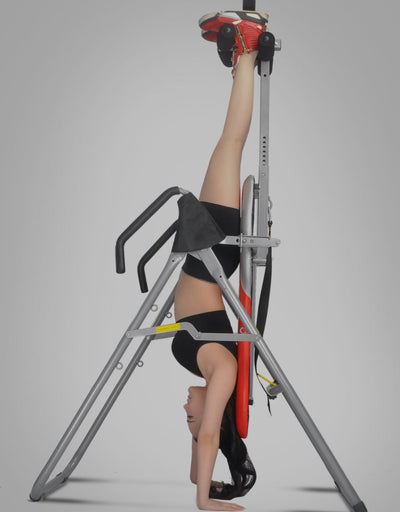
Inversion Tables
Inversion tables are designed primarily for spinal decompression by suspending the body upside down. While they can temporarily relieve back pressure and improve circulation, they’re often uncomfortable, not beginner-friendly, and don’t provide any flexibility or mobility training beyond the spine. They lack versatility for full-body engagement or strength improvement.

PROFLEX STRETCH
Proflex offers a comprehensive full-body stretching solution that supports spine alignment, posture correction, and mobility enhancement. Unlike inversion tables, it doesn’t require hanging upside down, making it safer and more practical for everyday use. Proflex combines flexibility training with core strengthening in one compact, ergonomic, and easy-to-use machine.
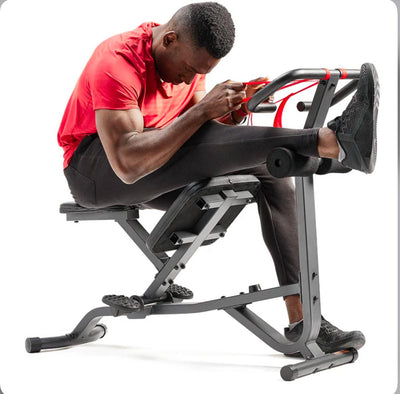
Back Stretch Trainer
Back stretch trainers typically focus on lumbar decompression using simple arcs or rollers. While helpful for relieving lower back tension, they’re single-function devices that don’t engage the full spine or other muscle groups. These tools often lack dynamic movement and don’t support progressive full-body mobility or functional training.

PROFLEX STRETCH
Proflex delivers advanced back stretching along with spinal alignment, core activation, and flexibility across multiple joints. Its adjustable design allows customized stretching angles, improving posture, balance, and daily functional movement. Proflex replaces multiple devices by offering a total-body stretch and core engagement in one smooth and efficient session.
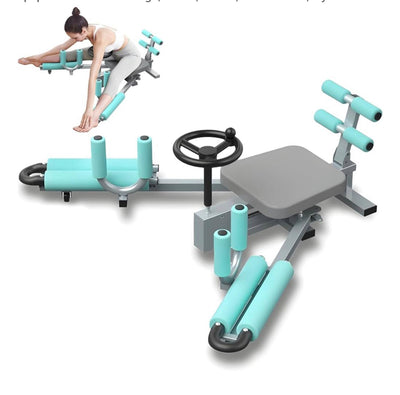
Leg Stretching Machines
Leg stretchers primarily target the hamstrings, groin, and hip adductors. They are useful for specific sports like martial arts or gymnastics but are limited to lower-body flexibility. They don’t train the core, spine, or upper body, and they lack customization for users of different flexibility levels or needs.

PROFLEX STRETCH
Proflex provides balanced flexibility by targeting legs, hips, spine, and upper body. Its ergonomic structure allows users to stretch multiple muscle groups while supporting the core and improving posture. Proflex is ideal for full-body mobility, offering far more value and versatility than isolated leg stretchers for both athletes and casual users.
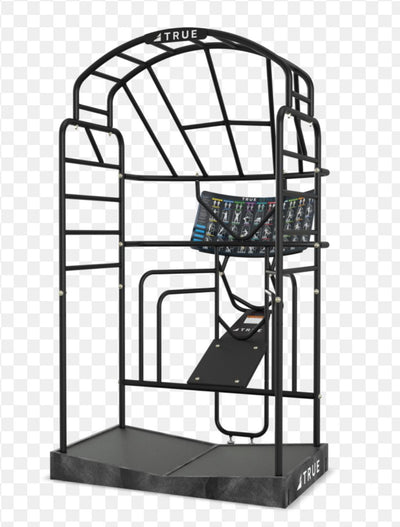
Stretch Cage
Stretch cages offer a variety of passive stretch holds using bars and frames, often found in high-end gyms or rehab clinics. While effective, they’re bulky, costly, and not portable. They can be intimidating to use without supervision and don’t offer guided motion or support for home-based, independent training.

PROFLEX STRETCH
Proflex delivers similar stretch benefits in a compact, guided format perfect for home use. It offers dynamic and passive stretches with built-in support, adjustable positions, and an approachable design. Unlike stretch cages, Proflex is affordable, easy to set up, and encourages consistent use through comfort and convenience.
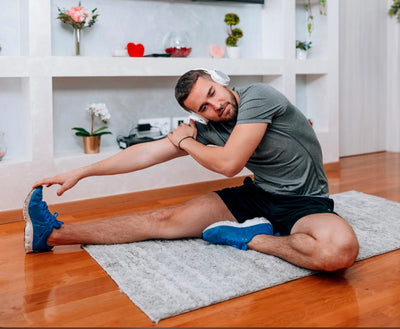
Yoga/Floor Stretching
Yoga and floor-based routines are effective for flexibility and mindfulness but require discipline, body awareness, and often professional guidance. Beginners may struggle with certain poses, and there’s limited resistance or progressive stretch control. Floor routines don’t always offer structured support for people with injuries or mobility limitations.

PROFLEX STRETCH
Proflex brings structure and support to every stretch, making it suitable for all fitness levels. With adjustable angles and padded supports, it guides users through safe, effective movements. Proflex provides resistance and controlled motion not possible with basic floor routines, making it a more reliable and results-driven solution for daily stretching.
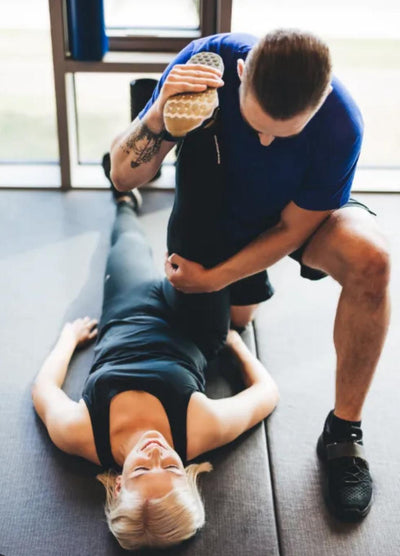
Assisted stretching facilities/programs
Professional stretching services offer hands-on flexibility improvement, but they’re costly and require scheduled visits. They rely on external help and may not be feasible for daily use. While effective short-term, they lack accessibility and consistency, which can limit long-term progress or make them impractical for many people.

PROFLEX STRETCH
Proflex simulates the benefits of assisted stretching with a self-controlled, guided system. It’s always available, requires no appointment, and supports long-term flexibility gains. With consistent use, Proflex offers therapist-level results at a fraction of the cost, making it ideal for independent daily stretching at home or in small spaces.
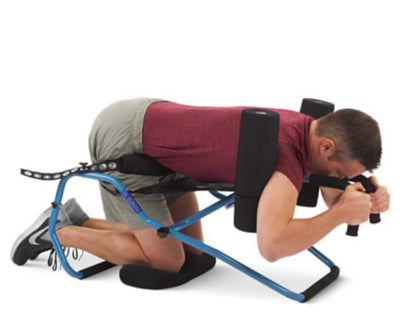
Other stretching devices and programs
Many stretching tools and apps offer limited functionality—focusing on one area or relying on digital instructions. They often lack real physical guidance, support, or customization. Motivation can decline due to lack of progress or clarity. Results are inconsistent, and devices may become unused due to complexity or poor engagement.

PROFLEX STRETCH
Proflex combines mechanical design with full-body support and stretch guidance. Its multifunctional nature replaces the need for multiple devices, while its intuitive design keeps users motivated. It ensures better stretch alignment, progressive flexibility, and more noticeable physical improvements, making it a more complete and dependable option for everyday wellness.
